
What is oolong? Part II - The oolong hall of fame
Meet some of the famous oolong teas from China and Taiwan. These are oolongs that every serious tea enthusiast must aspire to have one day in his/her cup. We hope one day soon we will be able to offer all these precious jewels to our customers!
First the Chinese oolongs.
Wu Yi Oolong Tea
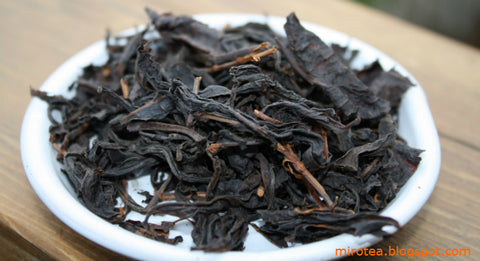
Oolongs from Wu Yi mountains in Fujian are some of the most revered ones. These oolongs are made from tea trees/bushes that grow from the craggy outcrops of Wu Yi. Da Hong Pao (the red robe) is the jewel in the crown of Wu Yi and seldom make it out of China. It is made only in small amounts, is very expensive and reserved for the “teaocracy” of the country.
Although a lot of oolongs claim to be Wu Yi, they are mostly made from tea plantations in the adjoining areas. These tea plants have been raised from the seeds of the original Wu Yi.
Wu yi oolongs are around 80% oxidized and the manufacturing starts around May. These are baked oolongs.
Feng Huang Dan Cong (Phoenix Oolong Tea)
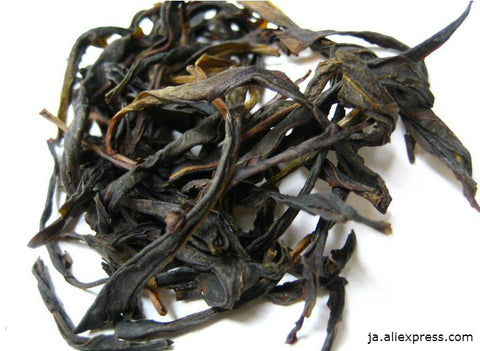
This oolong comes from the mountains of north east Guangdong province of China. The oolongs from here can rival wu yi rock oolongs. They are made from individual arbor tea trees or specific cultivars. Dan Cong means “single bush”. They are also highly oxidized (around 80%) and heavily baked. They are similar in appearance like wu yi oolongs.
A lot of commercial grade Dan Cong, like wu yi, is made from plantations at lower elevations. These plantations have been raised from seeds of the original tea trees.
The cultivars of Dan Cong are distinguished by their “fragrances” which are carried over in the flavors of the tea. The oolongs from the old bushes of the mountains are said to have a surprisingly fruity and sweet character. These teas, like wu yi oolongs, are also formidably expensive.
The best Dan Cong is plucked during spring.
Tieguanyin
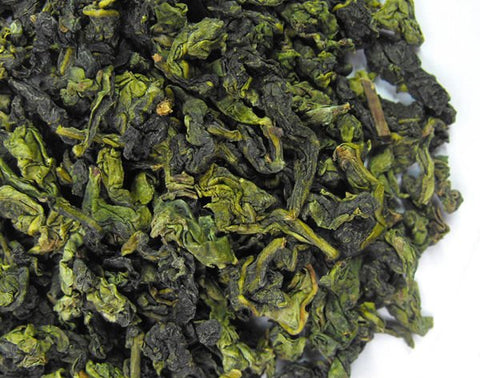
The traditional growing area for Tieguanyin or Iron Goddess of Mercy is Minnan in Anxi, an area in southern Fujian. Also called TGY in passing, this oolong is one of the most popular oolongs. They are in semi-rolled balled shape and are oxidized around 25%-40%. They can come with different levels of roasting. Although the dark roasted is more the tradition, “modern” TGYs are only lightly roasted.
Taste-wise Tieguanyin has a rich floral (orchid, plum blossoms) and sweet character. The heavily roasted ones have a notes of smoke and nuts.
Tieguanyin is made during different seasons, but the best one is considered to be the one made during spring. This oolong is also sometimes referred to as “monkey-picked tea” because some of the tea plants in the region grew in difficult places in the hills and legend has it that the villagers used monkeys to pluck the leaves from those plants.
Now for the Taiwanese oolongs.
Bai Hao/Dong Fang Mei Ren (Oriental Beauty)

Perhaps one of the most well known oolongs, Bai Hao comes Hsinchu County. It is an open leaf style of oolong, and can look like some of the second flush Darjeelings with light roll. The tea is aromatic and easy to prepare and drink with clean notes of peaches and apricots.
The origin of Bai Hao is interesting. One year after a sudden infestation of tea bushes by a particular kind of bugs that affected the leaves, farmers gave up on the harvest. However, there was one who decided to go ahead and make tea with the infested leaves. Turns out the tea had never tasted as good!
Even today the “tea green leaf hopper” is encouraged to exist in tea bushes. Oriental Beauty is highly oxidized (around 70%), unroasted and produced during summer.
Baozhong
This is also an open leaf style oolong tea from Taiwan, which is only very lightly oxidized (around 12-18%). It is a specialty tea from Pinglin and Wenshan areas.
Baozhong normally are unroasted, but it may be possible to come across lightly roasted ones.
The liquor is soft and sweet with fresh aroma and a wonderful aftertaste.
Dong Ding
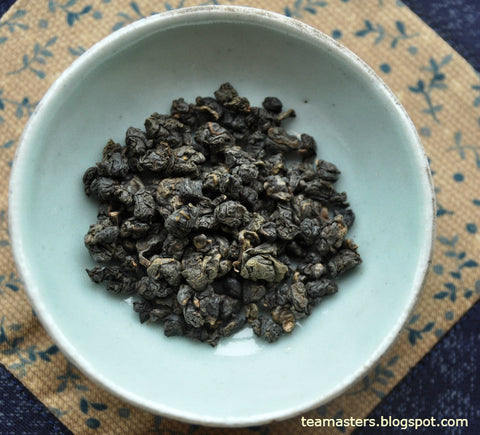
This oolong tea comes from Lugu Township of Nantou County in Taiwan. They are 40-50% oxidized and charcoal-roasted.
The best Dong Ding comes from the highest elevations of Tung Ting Mountain. It is also called “frozen-peak tea.”
High Mountain Gao Shan oolongs
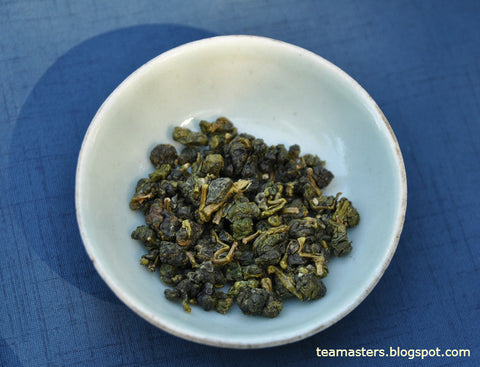
These oolong teas come from the higher reaches of Ali Shan, Li Shan and Shan Lin Xi mountains. They are semi-balled rolled type with varying levels of oxidation. They can be roasted and unroasted. These oolongs have intensely pure and refreshing aromas, mainly composed of floral accents.
These oolongs are some of best that Taiwan offers, and people can spend a lifetime pursuing just them.
To read our first part - Manufacturing oolong - click here.
To visit our selection of oolongs - click here.


